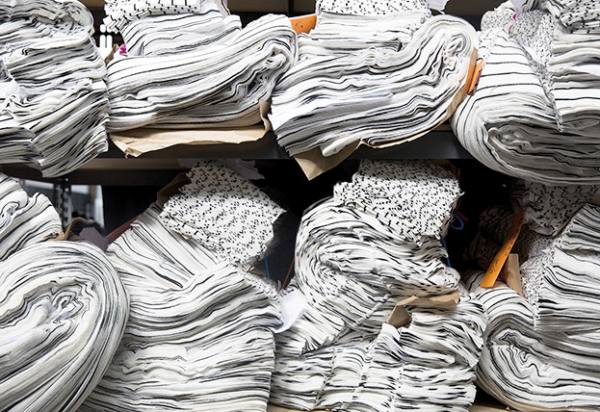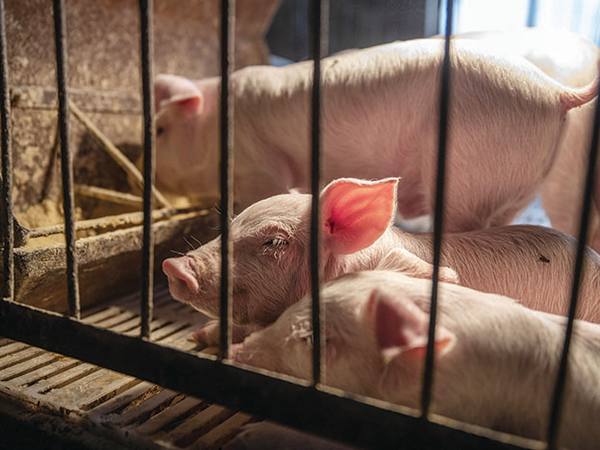- Headline figures look strong
- Fire safety cost questions remain
The shadow of Grenfell looms large over Taylor Wimpey’s (TW) half-year results. In a bid to make sure a similar tragedy never happens again, the government has been asking residential developers and housebuilders to cough up funds, not just to remove unsafe cladding from buildings in their portfolio, but also to pay towards a general fund for fixing buildings across the country.
For Taylor Wimpey, this has meant £80mn spent on remediating cladding in the six months to 3 July. In addition, the company paid just over £20mn more in tax during this period than it did this time last year thanks in part to the introduction of a 4 per cent tax on profits designed specifically to address outstanding fire safety issues in buildings introduced in April.
Spending around £100mn on fire safety during a six-month period when pre-tax profits were £335mn is not ideal, and it is particularly concerning given that Taylor Wimpey spent £125mn on cladding during the equivalent reporting period last year. To date, the housebuilder has spent £265mn fixing fire safety problems.
The passing of the Building Safety Act this June should help to clarify how much more, if anything, companies like Taylor Wimpey have left to pay beyond the aforementioned new tax. Legal experts say much depends on secondary legislation and case law, which is why housebuilders no doubt breathed a sigh of relief when a landmark High Court ruling last month found that the contractor – rather than the residential developer – was the person chiefly responsible for fixing fire safety costs.
Taylor Wimpey also has other issues to consider, though. Revenues have fallen due to a drop in completions and getting that completions figure back up will be difficult considering the rise in construction costs. Then again, demand for homes remains high and house prices continue to rise, meaning that the company can sell less homes for more money – a strategy which could explain why the housebuilder’s gross margin nudged up from 23.8 per cent to 25.3 per cent and why its cost of sales fell from £1.67bn to £1.55bn.
Pre-tax profits, earnings per share and dividends also look good, as does the news that the company expects full-year profits to be at the top end of its previously announced range. That helps explain why TW was up 4 per cent on results day, but we believe unanswered questions around fire safety and the wider outlook mean that investors should be cautious. Hold.
Last IC View: Hold, 148p, 3 March 2022
| TAYLOR WIMPEY (TW) | ||||
| ORD PRICE: | 124p | MARKET VALUE: | £4.37bn | |
| TOUCH: | 124-125p | 12-MONTH HIGH: | 185p | LOW: 110p |
| DIVIDEND YIELD: | 7.3% | PE RATIO: | 8 | |
| NET ASSET VALUE: | 121p | NET CASH: | £616mn | |
| Half-year to 3 Jul | Turnover (£bn) | Pre-tax profit (£mn) | Earnings per share (p) | Dividend per share (p) |
| 2021 | 2.20 | 288 | 6.50 | 4.14 |
| 2021 | 2.08 | 335 | 7.20 | 4.62 |
| % change | -5 | +16 | +11 | +12 |
| Ex-div: | 13 Oct | |||
| Payment: | 18 Nov |










